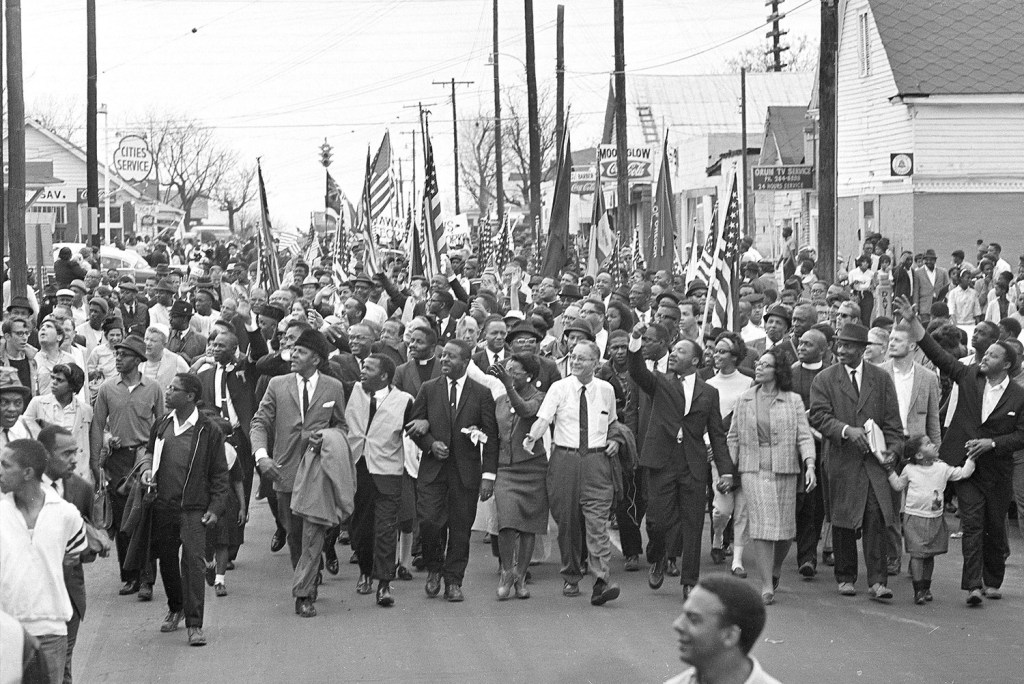We must admit up front that we’ve only seen photos and read stories about the powerful memorial to lynching victims that recently opened in Montgomery, Ala. Those are enough to convince us that the National Memorial for Peace and Justice stands among the most honest and significant markers of shameful corners in America’s past.
The six-acre memorial stands on a hill overlooking Alabama’s Capitol building, as if to remind all legislators that they must never again allow the law to be usurped by vigilante mobs bent on street justice. The black victims memorialized in Montgomery were people whose crimes, real or imagined, were punished by death without even a cursory hearing in court. Law enforcers often took part in the lynchings or stepped aside in cowardly acquiescence.
The memorial is designed so that visitors must assume the position of those who participated or stood by as observers when the lynchings occurred. Dangling from the ceiling are 800 rusted steel blocks, each symbolizing a hanged and lifeless body. On the bottom of each block is the name of the county where the lynchings occurred. The sides are etched with the names of the victims.
The visitor has only one choice: to look up and absorb the full weight of this injustice, which was repeated more than 4,000 times across the country from the 1870s to the 1950s. Missouri and Illinois played big roles in that sordid history, most notably in St. Clair County in July 1917, when hundreds of angry white laborers formed mobs to murder blacks deemed to have moved to East St. Louis to steal white jobs. The official death toll was 39, although reports at the time suggest it was closer to 100.
In 1943, as Adolf Hitler spread terror across Europe, this newspaper noted that in America, mob rule continued unabated in various parts of the South. In Hattiesburg, Miss., a jury acquitted defendants who lynched a black man because the case was tried under federal civil rights statutes. The defense argued that states’ rights superseded any violation of federal rights. The jury bought the argument.
“The outcome of the Hattiesburg trial was a victory for mob law, but the defenders of states’ rights at that trial may live to see the day when the failure of states to prevent or punish mob law will bring about the federal intervention they dread,” this editorial board presciently argued at the time.
For thousands of lynching victims, that intervention didn’t come nearly soon enough. It is our entire nation’s shame that mob law was allowed to prevail in even a single instance. That it persisted for decades is horrific.
Just like the hundreds of Holocaust memorials around the world, the lynching victims’ memorial in Alabama must serve as America’s constant reminder: Never again.
Editorial by the St. Louis Post-Dispatch
Send questions/comments to the editors.



Success. Please wait for the page to reload. If the page does not reload within 5 seconds, please refresh the page.
Enter your email and password to access comments.
Hi, to comment on stories you must . This profile is in addition to your subscription and website login.
Already have a commenting profile? .
Invalid username/password.
Please check your email to confirm and complete your registration.
Only subscribers are eligible to post comments. Please subscribe or login first for digital access. Here’s why.
Use the form below to reset your password. When you've submitted your account email, we will send an email with a reset code.